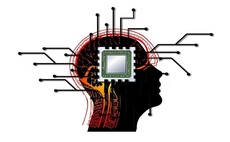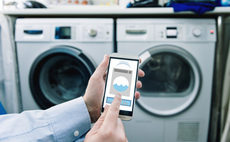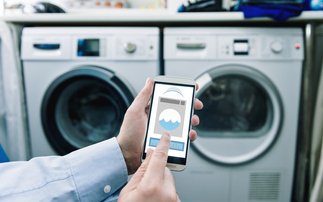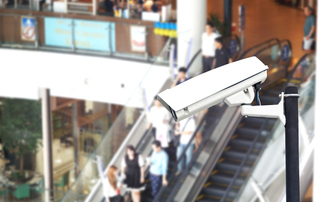The party's over, but we should all try and learn something from this debacle of marketing over use case
This week, wearable health ‘band' firm FitBit acquired the similar, Kickstartered company Pebble. Like many, I was a little shocked by this, but probably not for the same reasons.
I was shocked because I'd actually completely forgotten Pebble existed, and when I thought about it, I realised I'd not really heard much from any of the major technology vendors' ‘band' projects for the past couple of years either. I remembered that the Microsoft Band was officially pulled in October just gone, but on top of that I couldn't recall the last time the likes of Samsung and Lenovo said anything public or exciting about their wrist devices. So is the dream dying?
I've never liked or supported wearables as bands. I'm going to admit that first of all. A brief flirtation with a FitBit Charge HR ended with an itchy skin rash, and I spent a New Year's Eve party in 2015 making a friend's life hell by listing all the things his lovely new Apple Watch couldn't do, but really ought to.
But as well as being contentious for the sake of it (I am), my other issue with the whole idea of duplicating bits of what a phone already did and cramming that into watches and wristbands was that - clearly - this was always a case of marketing over need or functionality.
Think back to 2007, and think about what we've actually seen happen with mobile devices - and I mean, consider genuine progress here - since the original iPhone. Sure, we've had a bigger screen size (the iPad), we've had concessions to old-school IT (Microsoft's keyboard-equipped Surface, which Apple eventually copied back for itself) and all manner of waterproofing, curves, and wireless charging options, all with increasingly better software to drive it.
But what we've not moved even one iota beyond is the core convenience of having a slab of plastic in our pocket or bag which is a music player, an internet browser, an office, a gaming platform, a presentation device and even - early days, but they're getting there - a full-fledged desktop PC that just needs to add display output, along the lines of Microsoft's Continuum project.
Because, wearables are not the ‘wrist-mounted computers' every geek wishes for and every shark-eyed VP of marketing swears their company is delivering.
In my mind, what they currently represent is sly technology companies trying to double their money and - effectively - replicate a handful of features you've already got in your pocket, but on your wrist. Truly, I could never understand how the abject laziness of not wanting to bother fishing your phone out to peek at your email could amount to spending £400 on a heavily under-specced bit of Bluetooth tech for your body. They're basically calculator watches for a new generation, sold with just as embarrassing a gimmick factor.
Watch Yourself
To me, the fact that Pebble - which was a strong contender to be the ‘other option' apart from the massmarket FitBit - has essentially given up the ghost is a definite indicator that time has been called on the wearables market.
I really don't think we're going to see another Apple Watch, but in the event we do, I'm just going to feel like Apple should have spent its time and resources actually pushing the boundaries and moving us on to the next step.
Connectivity, big data and the Internet of Things are all absolutely wonderful elements of technology when drawn together. But nobody has yet figured out how to make that work in a useful way. If you Google "internet of things" the first autocomplete suggestion that appears is "examples", and I hear that; I'm still challenged, years down the line, to be able to think of anything truly essential the IoT has brought us to enrich our everyday lives.
While it's nice to turn the lights on on your way home or hit a big "toilet roll" button to send Amazon an order for more loo paper, none of this is technology we can't live without.
In the enterprise, the IoT is being used for way more subtle - but immensely useful - applications like railway and aeroplane logistics and safety, proximity tech for retail, and even gigantic open standards projects to design and manage entire workspaces.
Consumer tech is often the poster child for applications of new technologies, but the hackneyed and problematic world of wearables absolutely isn't it.
Each desperate December ‘look ahead' list - as well as the PR spaff that lands in my inbox every day at this time of year to try and fuel them - pronounces next year as ‘the year of IoT' and has been doing so since about 2013.
But if 2017 is going to be the one with a use case that captures the hearts and minds of everybody, my suggestion is to do away with the retrograde calculator watch stuff and think a bit deeper, and a bit cleverer.
RIP, wearables. I'd like to say it's been fun, but it's been forgettable and actually quite sad.
Here's to the next big thing.




















